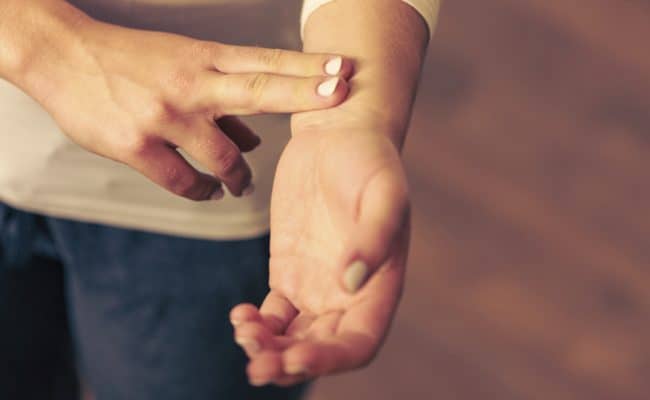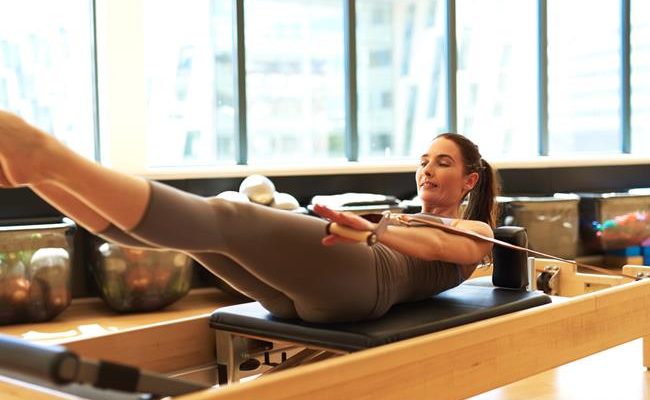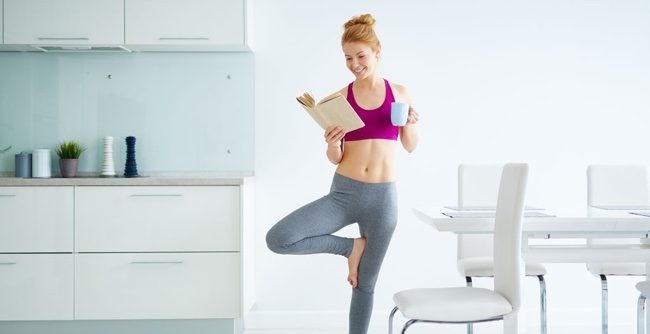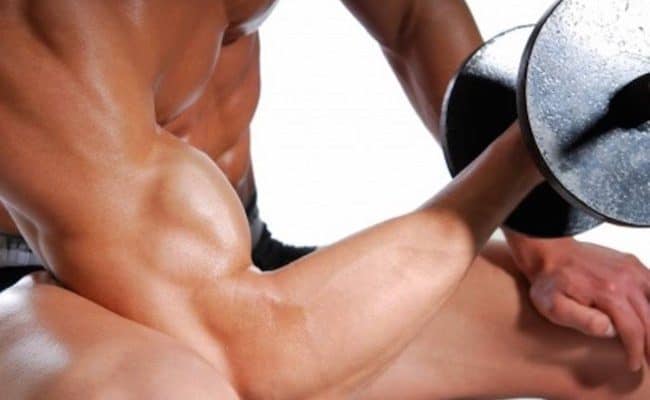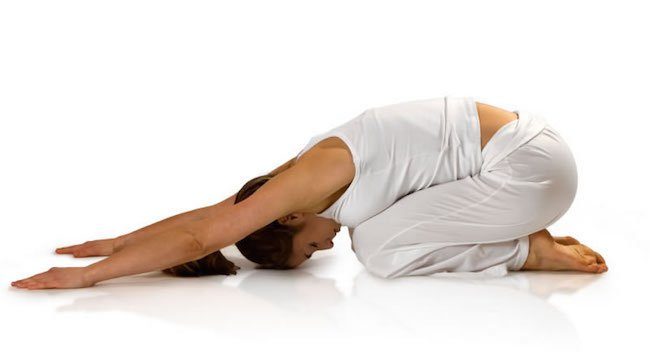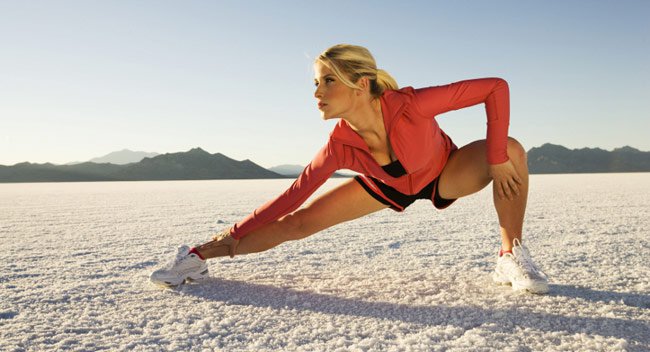
Sometimes a cool down after exercise can seem like a waste of time, but there are many benefits to doing a cool down. A standard workout should consist of a warm up, exercise and cool down.
Cool down is normally associated with aerobic exercise, like running, biking, stair stepping, elliptical, swimming, etc. Here are some important benefits to a cool down and what a cool down can consist of.
What consists of a cool down?
A cool down means you are still moving your body but just at a slower rate. For example, if you are running or biking, a cool down would include biking or running at a much slower rate than you were exercising.
In an aerobics class, similar movements are done as during the class just at a lower intensity. Stretching is usually done as the last step of a cool down.
Increasing flexibility
Stretching is an important step for increasing flexibility and is usually the last step of a workout. Stretching is usually encouraged as a way to lower risk for injury, but some research studies have not shown a benefit from stretching and reducing injury risk.
Even if stretching doesn’t reduce injury risk, it definitely helps increase flexibility. Here are some guidelines for stretching during the cool down according to the Australian Sports Commission:
- Stretch all muscles that were used for exercise during the cool down.
- Stretch gently and slowly.
- Never bounce when stretching.
- Breathe while stretching, never try to hold your breath.
See also: How to breathe during exercise
Dynamic stretches are recommended for a warm up which means these stretches are in active movements. The Australian Sports Commission recommends static stretching for the cool down. Static stretching is what most people are probably familiar with; stretching a muscle without movement.
Gradually bringing down heart rate
A cool down after exercise just means you gradually bring you heart rate back down to normal. During exercise, your heart is beating harder than normal, and blood vessels are dilated.
If someone just stops immediately after having heart rate elevated during exercise, there is an increased risk for passing out or feeling sick.
How do you know how long to cool down or when is safe to stop? According to the American Heart Association (AHA), walking or a light jog for 5 minutes can suffice as a cool down.
If your exercise was intense or included hard intervals, a longer cool down may be beneficial. If you are monitoring your heart rate, you can generally stop cooling down when the heart rate is below 120 beats per minute.
Reducing muscle soreness?
Reducing muscle soreness and lowering lactic acid levels in muscles are common benefits associated with a cool down. The rationale is that during intense exercise, lactic acid is produced as a byproduct. Lactic acid literally raises the pH in muscles, which is one reason why there is a burning feeling in muscles during intense exercise.
Lowering the intensity of exercise can help clear out lactic acid from muscles. By doing this, muscles may not be as likely to be sore later. So, cooling down after exercise can help lower muscle soreness.
However, a study from 2001 and 2011 both concluded that cool down exercises did not help with muscle soreness after exercise. In the 2001 and the 2011 study, participants had lower muscle soreness after exercise when they had a proper warm up, but cool down did not significantly affect muscle soreness.
Some other research studies have shown that a cool down can lower muscle soreness, so research results are mixed. If you’re concerned that you may be sore after your workout, warming up and cooling down may be best to help offset muscle soreness.
Body temperature
Working out increases body temperature, especially when working out in a hot climate. Cooling down after a workout can help lower body temperature gradually. Cool down should also be followed with replacing lost fluids and electrolytes during exercise.
In general, a guideline for proper hydration with exercise is to replace every pound of fluid loss with 2 cups of fluids. Drinking fluids before or after cool down can further help body temperature return to normal. When you exercise less than 30 minutes, in general you don’t need to worry about replacing fluids. The more prolonged the exercise, the greater the concern.
See also: Should you be drinking water while exercising?
Conclusion
A cool down after exercise is mostly used for aerobic exercise. A cool down includes moving your muscles at a lower intensity and stretching. It is important to gradually lower the heart rate back to under 120 beats per minute during a cool down, instead of drastically stopping after exercise.
A cool down can increase flexibility from stretching and can also assist in lowering body temperature with proper fluid intake. There is not a definite consensus if a cool down can help lower muscle soreness, but most health professionals still recommend a cool down for this purpose. A proper warm up and cool down can have greater benefits of lowering muscle soreness than just doing a cool down.
References used in this article
